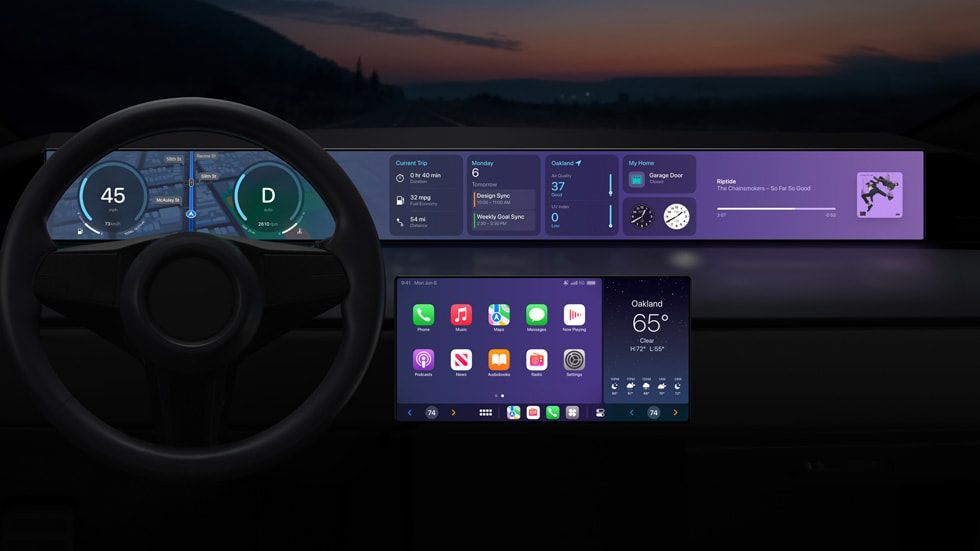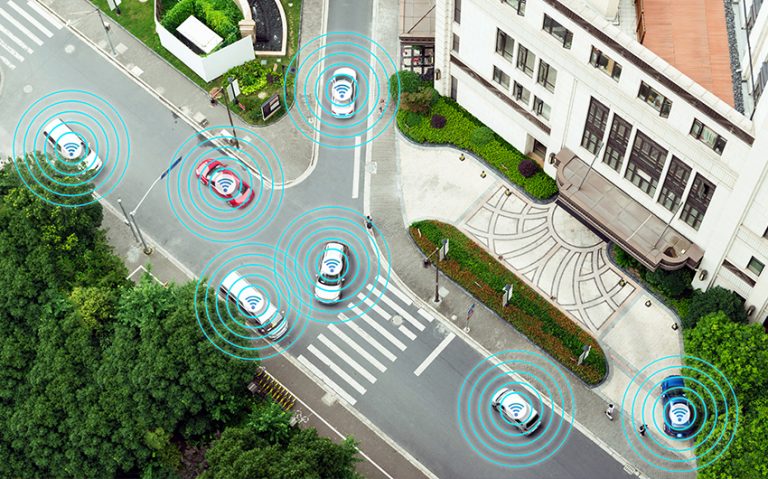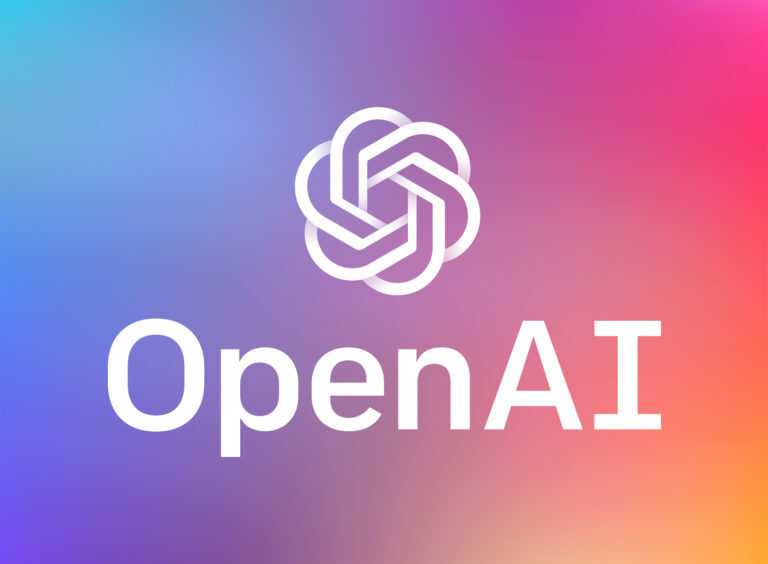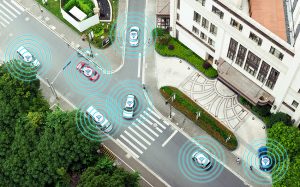Small stones can set off an avalanche.
- The latest upgrade for Apple CarPlay may seem to be small, but I suspect that it is merely the first change in a series of many that intend to end in a complete takeover of the infotainment hardware and software by Apple.
- Needless to say, this will be a disaster for the OEMs as they will have become nothing more than app developers for their own vehicles and digitally irrelevant.
- Apple has announced that in iOS 17.4, compatible vehicles will be able to display Apple Maps navigation data in the instrument cluster.
- Predominantly, this will be the next manoeuvre and how far it is to the turn and so on.
- This is a very far cry from what Apple confidently announced at WWDC in 2022 when it announced what looked like a complete takeover of the instrument cluster including critical data like speed and engine revolutions.
- The problem with this is that vehicle critical systems such as the instrument cluster have to operate at a higher level of redundancy and reliability than a smartphone can offer.
- This means that Apple’s idea of running the instrument cluster on the iPhone went nowhere as soon someone had to really look beyond slideware towards implementation.
- The projection of navigation information onto the instrument cluster is non-mission critical, so it is possible for data running on a smartphone to be projected into this space and for media, which it already does in many vehicles.
- The implementations that I have seen of this so far are pretty clunky and unappealing but admittedly I have not seen the launch product.
- So far only Volvo, Polestar and BMW will support this but if it becomes a popular CarPlay feature, others will be forced to follow suit.
- I have long thought that this is exactly what Apple wants as then users will begin to expect and demand it meaning that OEMs will be forced to support it whether or not they wish to.
- From there, it is a long and slippery slope that ends with users demanding a whole infotainment unit from Apple with a refusal to comply being met with a boycott of that OEM brand.
- This is why now is the time to push back against this strategy which is why I think that GM has done the right thing in abandoning both CarPlay and Android Auto in the vehicle.
- It will be much harder to evict Apple from the vehicle when its grip is much stronger than it is now and as the digital ecosystem in the vehicle has barely begun, the OEMs still have a good chance to be digitally relevant in the vehicle.
- This is crucial as this is the only way that they have a chance to be the distribution system for apps and services in the vehicle which in turn is their best chance at earning a decent revenue stream.
- This will be critical as RFM Research forecasts that vehicle shipments could fall by 50% or more as a result of electrification meaning that the OEMs desperately need another revenue stream to survive.
- Their track record to date in software is pretty awful and only Tesla is on track to fare well in the digital automotive ecosystem.
- RFM research has concluded that the advent of high-quality voice (LLM-powered) as a man-machine interface offers OEMs another opportunity to turn their fortunes around.
- They need to grab this with both hands as Apple and Google remain perfectly happy to turn OEMs into handsets on wheels regardless of what they say in their marketing materials.










Blog Comments
Marcin
February 29, 2024 at 7:28 am
The use case described of showing turn by turn info on the instrument cluster is technically nothing new. Currently, information already gets streamed from the infotainment system to the instrument cluster. So, the innovation here might be that the iOS stream gets forwarded from the car’s infotainment system to the instrument cluster 🙂